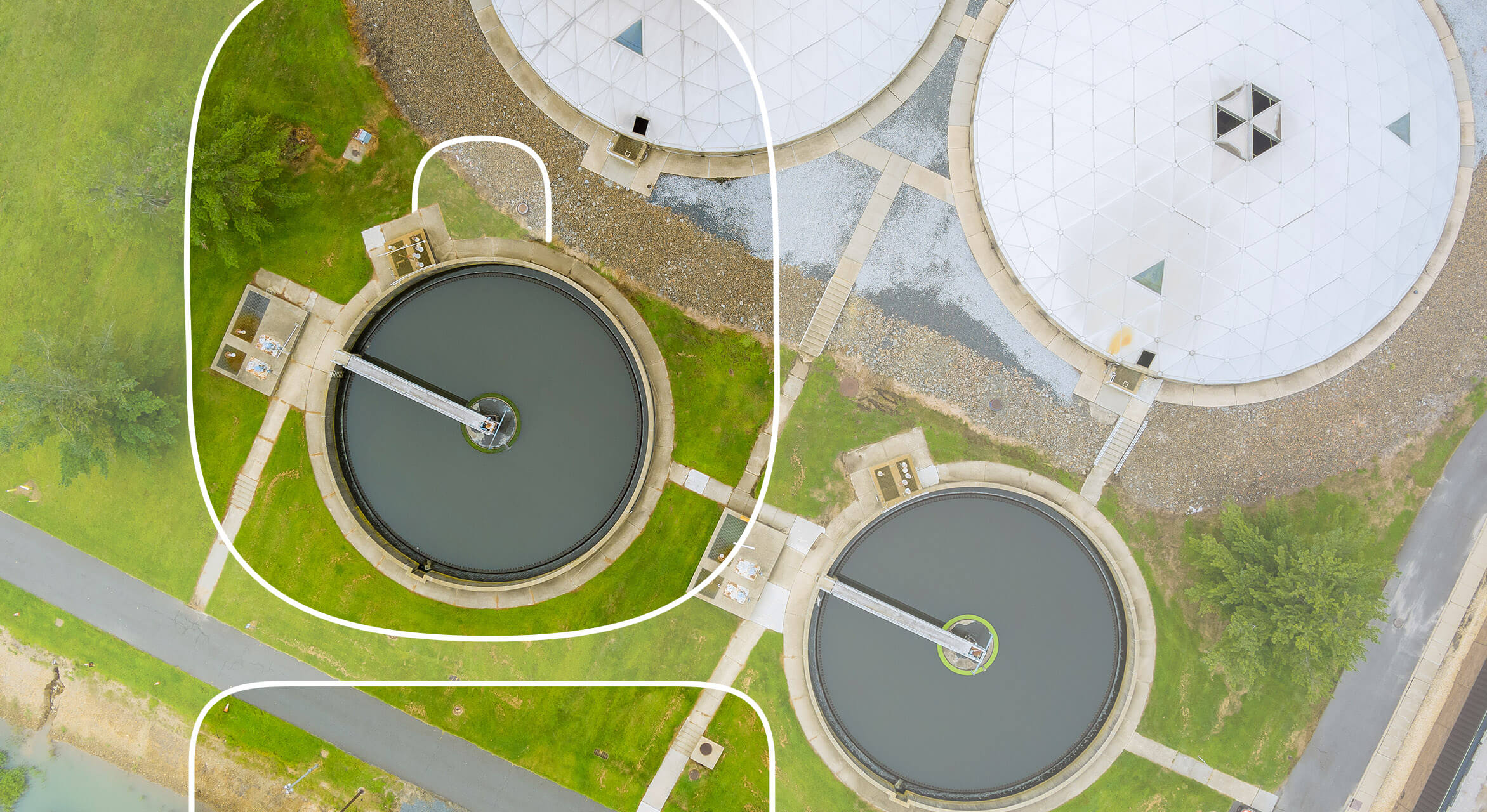How Wastewater Treatment Helps Enhance Water Reuse Opportunities
How Wastewater Treatment Helps Enhance Water Reuse Opportunities
Blog Article
Comprehending Wastewater Treatment Processes and Their Ecological Effect
The details of wastewater treatment processes play a pivotal role in mitigating ecological difficulties linked with water air pollution. Each stage, from initial to innovative therapies, is created to address certain impurities, eventually safeguarding both public health and wellness and water ecological communities.
Summary of Wastewater Treatment
How is wastewater transformed into a secure source for the atmosphere? Wastewater treatment is an essential process created to get rid of impurities from utilized water, thus securing public wellness and protecting environments. This process begins with the collection of wastewater from residential, commercial, and industrial resources, which is after that guided to therapy facilities.
At these centers, various physical, chemical, and biological approaches are utilized to treat the wastewater. Initial testing removes huge debris, followed by sedimentation to separate much heavier solids. Consequently, organic treatments, such as activated sludge procedures, utilize microbes to break down natural issue. These methods not only reduce contaminant degrees but additionally help with the recovery of important nutrients.
The dealt with effluent can be safely discharged into natural water bodies or reused for watering and commercial purposes, promoting resource preservation. In addition, the therapy procedure generates biosolids, which can be repurposed as fertilizers or dirt amendments, even more improving sustainability.
Phases of Therapy Processes
The wastewater therapy procedure normally includes three primary stages: preliminary, main, and second treatment. Each phase offers a distinctive duty in decreasing the contaminant lots and ensuring the effluent meets environmental standards prior to discharge.

The main therapy phase focuses on the physical separation of suspended solids from the wastewater. Through sedimentation, heavier fragments resolve at the base of sedimentation containers, creating sludge, while lighter products, such as oils and greases, float to the surface area and are skimmed. This procedure dramatically lowers the natural and inorganic load in the wastewater.
Secondary therapy is an organic process aimed at further reducing the focus of raw material. Various approaches, including activated sludge systems and flowing filters, use bacteria to metabolize natural toxins. This stage is essential for attaining the needed biochemical oxygen need (BODY) decrease, eventually causing cleaner effluent prepared for discharge or further therapy. Each phase is crucial in protecting ecological and public wellness.

Advanced Treatment Technologies
Adhering to the secondary therapy processes, advanced therapy modern technologies play a crucial role in additional boosting the quality of dealt with wastewater. These technologies are created to get rid of residual pollutants that are not effectively removed during main and second therapies, making sure the effluent fulfills stringent regulative criteria.
Amongst the commonly made use of innovative therapy techniques are membrane filtering, reverse osmosis, and progressed oxidation processes. Membrane filtration, consisting of microfiltration and ultrafiltration, works in separating great fragments, pathogens, and colloids from the water (Wastewater). Reverse osmosis utilizes semi-permeable membranes to eliminate liquified solids, leading to top quality water suitable for various applications
Advanced oxidation procedures (AOPs) employ strong oxidants to deteriorate natural contaminants, consisting of pharmaceuticals and individual treatment items that are immune to conventional treatment. These methods enhance the biodegradability of complex compounds, facilitating their removal.
An additional substantial modern technology is making use of biological nutrient elimination procedures, which especially target nitrogen and phosphorus, protecting against eutrophication in obtaining water bodies. Overall, innovative therapy technologies are essential for accomplishing higher levels of purification, advertising water reuse, and guarding public wellness while resolving the difficulties related to wastewater management.
Ecological Benefits of Therapy
Many ecological benefits arise from reliable wastewater therapy processes that add to ecosystem health and wellness and sustainability. Mostly, these processes significantly lower the launch of damaging contaminants into all-natural water bodies, which assists maintain water environments. By eliminating contaminants such as hefty metals, nutrients, and virus, dealt with wastewater reduces the threat of waterborne illness and promotes biodiversity in aquatic atmospheres.
Furthermore, wastewater therapy facilities often use sophisticated technologies that allow content water recycling and reuse. This practice not just conserves freshwater sources however also minimizes the demand on all-natural water supplies. Improved nutrient removal from wastewater can likewise prevent eutrophication, a procedure that causes algal blossoms and subsequent oxygen depletion in aquatic systems.
Additionally, efficient treatment processes can lessen greenhouse gas exhausts, especially methane and laughing gas, which are frequently launched throughout unattended wastewater disintegration. By capturing and using biogas from anaerobic digesters, centers can convert waste right into renewable energy, therefore adding to a reduction in fossil gas reliance.
Obstacles and Future Fads
While the this ecological benefits of wastewater treatment are clear, a number of difficulties linger that prevent optimal results in this area. One major issue is aging facilities, which frequently causes inadequacies and enhanced functional prices - Wastewater. Several treatment plants were designed decades earlier, and their abilities do not straighten with modern-day needs, that include more stringent regulatory standards and higher volumes of wastewater due to urbanization

Looking ahead, there is an expanding emphasis on source healing and circular economic situation concepts within wastewater treatment. Technologies such as anaerobic food digestion, which can produce biogas, and progressed filtering technologies are obtaining grip. These techniques not only boost treatment efficiency yet also advertise sustainability.
Ultimately, resolving these difficulties requires cooperation among stakeholders, financial investment in technology, and a dedication to ongoing research study. By embracing these patterns, the wastewater find out here now therapy industry can advance to meet the needs of a changing atmosphere and culture.
Conclusion
In final thought, wastewater therapy procedures play a crucial duty in boosting ecological top quality and public wellness. The multi-stage therapy structure, paired with innovative technologies, effectively mitigates pollution and promotes sustainable water monitoring.
Report this page